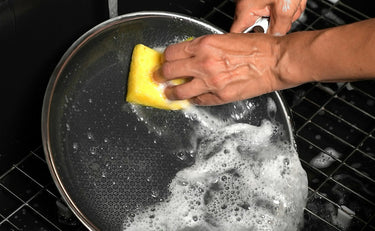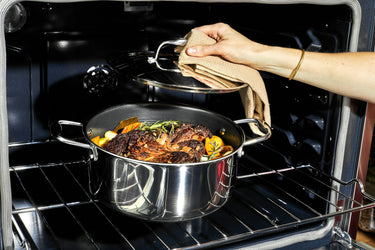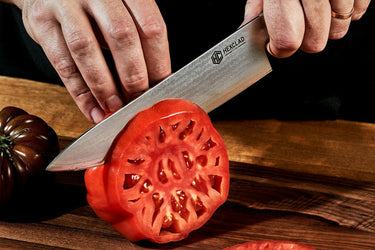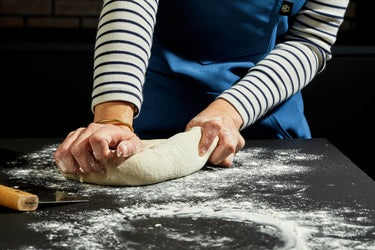The Basic Pizza Dough Primer You Didn't Know You Needed
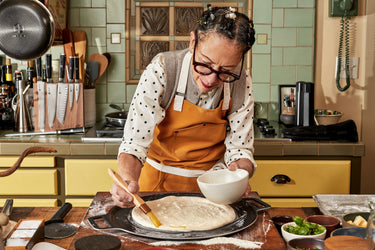
If you’ve ever attempted to recreate your favorite pizza at home and felt the results were a bit…bland, then you wouldn’t be alone. Pizzerias and other restaurants that serve pizza have ovens (often wood-fired) that reach up to 900ºF. Meanwhile, a conventional oven found in most homes usually reaches around 550ºF at best. In addition, commercial pizzerias often use a wild fermented starter that adds depth of flavor to the dough, while recipes for homemade pizza dough frequently call for dry active yeast.
There are several ways to upgrade your homemade pizza, including using a pizza steel, which both regulates the temperature of the oven and quickly transfers heat to the dough so it gets a better oven spring. But before you even put the pie into the oven, you’ve gotta make the dough. To achieve restaurant-worthy results, it’s a matter of doing a few key things.
Here’s the basic pizza dough primer you didn’t know you needed, according to Nancy Silverton’s The Mozza Cookbook: Recipes from Los Angeles’s Favorite Italian Restaurant and Pizzeria. Her tips are indispensable for creating a pizza that she claims will not just rival but beat “most pizzas [she’s] been served in the United States.”
Bolster the dough with a fermented “sponge”
Rather than simply mix the ingredients for the dough together, let it rise, and bake, Silverton recommends a two-part approach to homemade pizza dough. First, start with a “sponge,” which quickly ages half the flour, giving the microbes in the active dry yeast a chance to start digesting the flour. The result? You’ll get better, more subtle flavor without the days-long process common in many high-quality pizzerias.
Try a mix of flours instead of just all-purpose flour
To get the signature chewy texture and crackly crust that you’re looking for, you’re going to want to break away from the low-protein all-purpose flour that’s common in other baking recipes. Instead, do like Silverton suggests and combine unbleached bread flour with dark rye flour and a little wheat germ. This mixture results in deeper flavor.

Use a scale
If you’re already familiar with bread baking or precision pastry recipes, then you’re likely familiar with a kitchen scale. If you’re not, now’s the time to invest. This relatively inexpensive kitchen tool will transform your baking process, and homemade pizza dough is no exception. With bread making, you’re looking for exact ratios. A scale allows you to achieve that with ease.
Time your dough
As important as getting the ratio of ingredients right is giving the dough the time it needs to rest and rise. If you’re planning to cook the pizzas by a certain time, work backwards to make sure there’s enough time for each step. From beginning to end of the dough-making process is around 6 hours if you’re using Silverton’s recipe.
Make the best of the rest
While the dough rests, pour yourself a glass of wine (this is Silverton’s advice!) and get your toppings and other pizza assembly items together. These include a pizza steel (preheated for an hour in your oven turned up as hot as it goes), flour for the work surface, a pizza peel (or another large, flat surface with a long handle to slide pizza in and out of the oven), and semolina for dusting the peel.
Of course, you don’t need to make your pizza on a stone—HexClad pans work well for making stovetop pan pizza. Chef Daniele Uditi’s recipe for Stovetop Pan Pizza makes use of your 10" Hybrid Fry Pan or 12" Hybrid Fry Pan. Or, opt for your double-burner griddle to turn your restaurant-quality pizza dough into Spicy Pepperoni Griddle Pizza.
Source: The Mozza Cookbook: Recipes from Los Angeles’s Favorite Italian Restaurant and Pizzeria by Nancy Silverton with Matt Molina and Carolynn Carreño. Copyright © 2011. Published by Alfred A. Knopf. Available wherever books are sold. All Rights Reserved.
